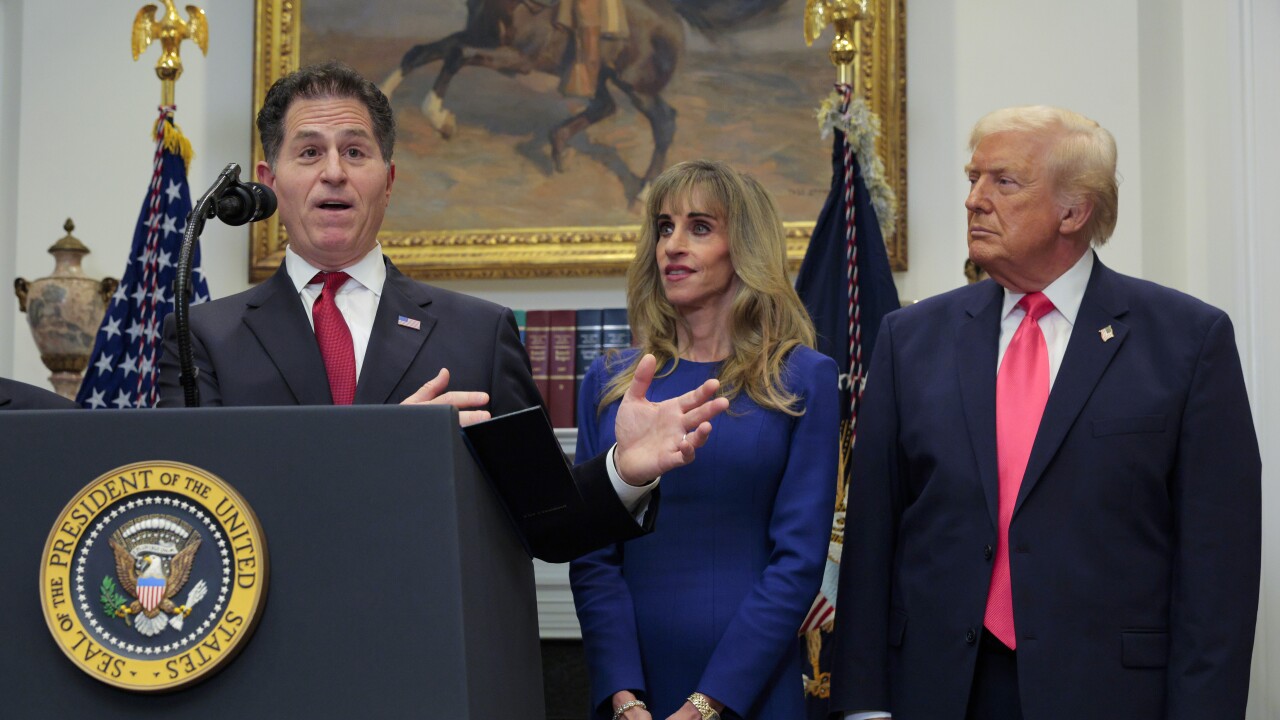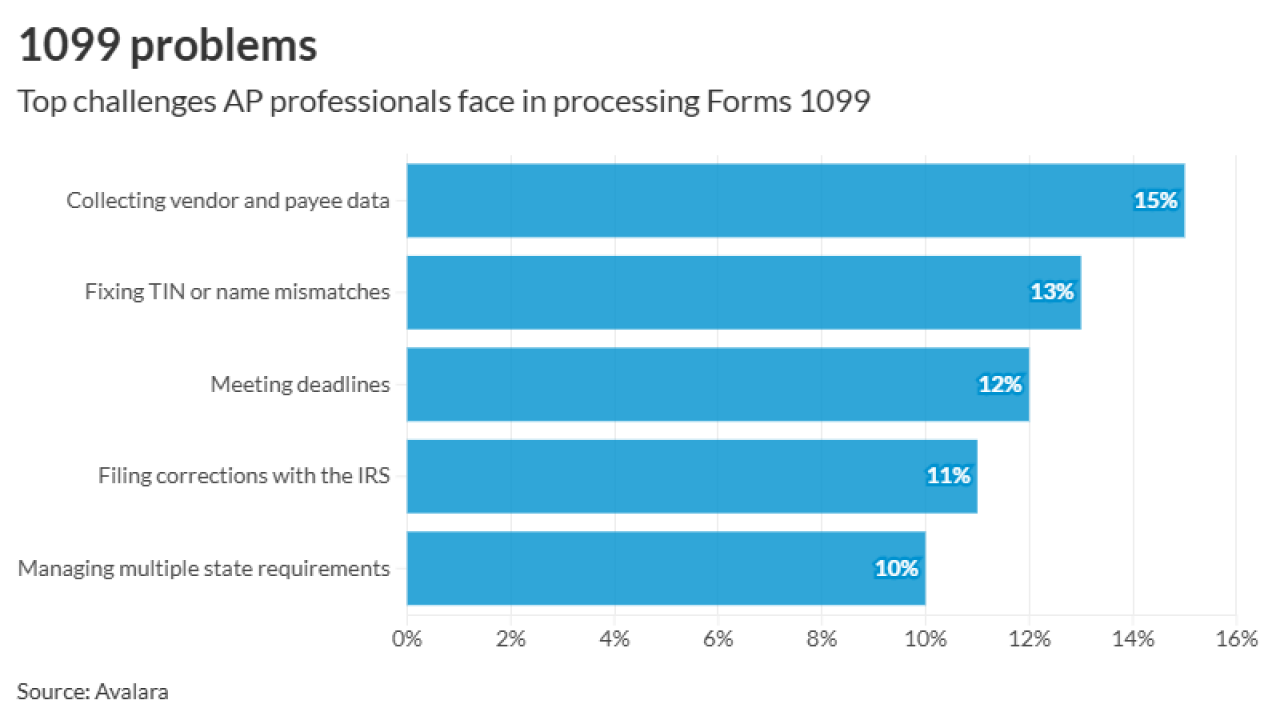A long-awaited regulation from the Dodd-Frank Act of 2010 requires companies to disclose the ratio of the CEO’s compensation to the median pay of employees and could prove to be effective in restraining the growth of CEO pay, according to a new study.
Enforcement of Section 953(b) of the Dodd-Frank Act is scheduled to begin next January, and it may help discourage companies from excessive compensation for their top executives. The study appears in the spring issue of the Journal of Management Accounting Research, published by the American Accounting Association. A pair of researchers, Khim Kelly of the University of Waterloo and Jean Lin Seow of Singapore Management University, pointed to the failure of current regulations that seek to curb pay excesses by requiring companies to disclose executive-compensation levels and explain how they were arrived at. Adding CEO-to-employee pay ratios to the disclosure mix, the new research suggests, is likely to be significantly more effective than the current requirements.
“Incrementally disclosing a higher-than-industry pay ratio (versus disclosing only higher-than-industry CEO pay) significantly decreases perceived CEO pay fairness...and has a significant indirect negative effect on perceived investment potential,” they wrote.
Companies are concerned about whether investors, employees and the public perceive their CEO pay and employee pay to be fair, they pointed out. They believe pay-ratio disclosures may be better than current CEO pay disclosures at shaming companies into restraining CEO pay.
“Whereas CEO-to-employee pay ratios in the largest U.S. companies were about 20-1 50 years ago and about 80-1 years ago, estimates nowadays range from about 200-1 to 300-1,” said Kelly. “It stands to reason that confronting investors with ratios approaching these will make an impression, and our research suggests it does.”
The finding came from an experiment in which MBA students were asked to make judgments about a hypothetical company. Those to whom high CEO-to-employee pay ratios were disclosed were significantly more likely than others to regard the CEO’s pay as unfair. The more unfair they perceived the pay disparity to be the less likely they were to view the firm as a worthy investment. This finding is noteworthy, the professors believe, because one of the criticisms leveled against Section 953(b) is that it engenders overreach by the SEC, requiring it to meddle in issues of income inequality instead of sticking to its intended job of protecting investors.
“Here were men and women with an average of six years’ work experience and a fair degree of sophistication about business and accounting, and clearly disclosure of a lopsided CEO-to-employee pay ratio turned out to be relevant to an investment decision,” said Kelly. “Actually it would be surprising if it didn’t. As a recent nationwide survey conducted by Stanford University suggests, the whole issue of CEO pay is in bad odor. Seventy-four percent of the respondents to that survey said CEOs were overpaid relative to the average worker; yet, ironically, when asked what they believed the pay of Fortune 500 CEOs to be, they vastly underestimated the amount. In this climate of opinion, how could perceiving the CEO-to-employee pay ratio as unfair not be relevant to investment decisions?"
Further research by Kelly and Seow has led to another intriguing finding from a similar experiment, this one involving 100 MBA students who were asked to assess a hypothetical company in the restaurant industry. In the words of that study, “pay-ratio disclosures, even when they reveal less extreme CEO-to-employee pay multiples that are comparable to those in peer companies, can result in negative perceptions of CEO pay fairness and workplace climate that indirectly reduce perceived investment potential of companies.”
“High CEO-to-employee pay ratios, whether 100-1 or 200-1, clearly made a special impression on the participants in our experiments,” said Kelly. “It seems eminently plausible that high ratios will also impress actual investors, with concomitant effects on companies, when they stare out from proxy statements.”





